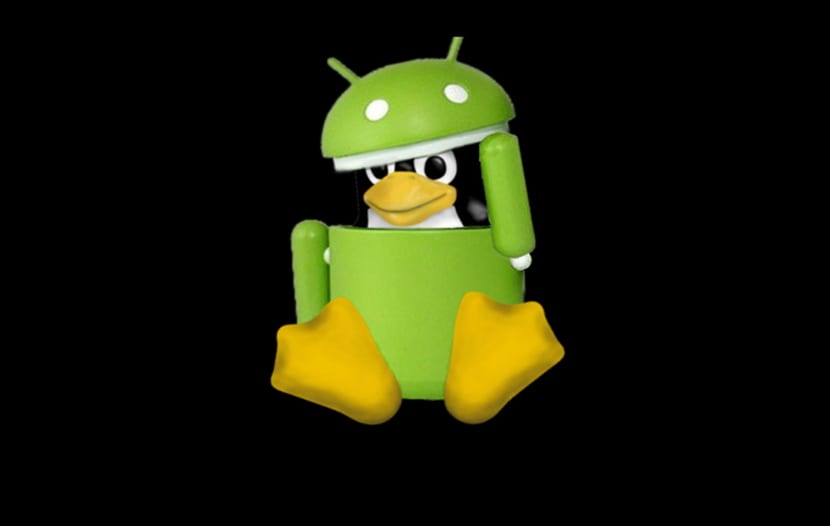
A few years ago when the first Samsung Galaxy was still considered one of the best smartphones in the world I started reading small tutorials where I was testing being able to install Ubuntu on this smartphone With the help of the same system we created our ARM version and it was an adventure trying to do it.
Well, as the years go by Better and simpler methods have emerged where they allow us to host an operating system within Android, that is why I decide to share one of those applications that can help us.
In this case we will use an application that is hosted within the Google repositories this is "Linux Deploy"I leave you the link so that you can it is install hereIt is important for me to mention that it is necessary to have root privileges so if you do not have your phone rooted, this app will not work for you.
Requirements for Linux Deploy
- Android greater than 2.1
- More than 5 GB of internal memory or, failing that, an SD with more than 5GB and that is class 10 or higher if the system is hosted here.
- Download VNC from the Play store
- Download BusyBox from Play Sotre
- An internet connection or, failing that, a good data plan since you will download the ARM image of the system that interests you, they are usually more than 2 GB.
Well, having already installed Linux Deploy on our android, We will proceed with the application configuration.

Within the app we will find three menus, two at the top and one at the bottom, the one that interests us at the moment is the one at the bottom, the one in the lower right right next to "STOP".
Being inside this menu we will find several options:
- Distribution to install
- Architecture (it is important to know what architecture is your processor if arm, arm64 armhf or armel)
- Download path
- Installation type (I recommend file)
- And finally the path (here you define whether it will be in your internal or external storage).
Made the configurations that you consider are necessary To your needs, in the following options below these we will find what type of default file system is EXT2, here I suggest leaving what it has by default.
In the final options in "GUI" we enable the box and here we can configure which desktop environment to be installed in the distribution.

Here we have two options:
The first is to download the image of the system that we want to installWe must look for this on the net when saving it we must identify in which route it is Since the we must indicate in the section of "Installation path" finally we only proceed to return to the main screen and in the upper right menu, we will select the option "Install".
The second option is to leave everything as is in the configuration and let Linux Deploy take care of the following:
We return to the main screen and In the upper right menu, we will select the option "Install" here will proceed to connect to the internet to download everything necessary to create the system image, we just have to wait for the process to finish. This process can take from 30 minutes onwards since it depends on the download speed of your internet connection.
Once the installation is finished, we just have to start the system With the help of the lower menu where is "Start".
Now we just have to go to VNC that we download from the Play Store and we will place the IP address that appears on the Linux Deploy main screen and with that we are already within our Linux distribution on Android.
Finally, if you have a Bluetooth keyboard and mouse, you will have a better experience, although I must emphasize that I have in my hands a Pwn Phone would be much better, but I don't have the budget to be able to afford a smartphone of this caliber.
That is not installing linux on android, it is Emulating linux on android, it is heavy and slow, and also when you consume a lot of memory the android killer system which is an android system that kills processes when they consume a lot of memory cuts the chroot process and you lose The emulator is not recommended, apart from the system cannot even be accessed from android, you have to make a connection through vnc, it is a bad patch and a mistake.
All the best
It is not emulating at all. A chroot is not emulation, it is execution. Access can be done in many ways, vnc, ssh, with X server and running the Linux script replacing the Android one, loading it in framebufer. Slow? I don't know where you get that from and the killer has never killed me to free memory. It is interesting for example for Android TV boxes. I don't understand baseless negativity.
Hello, when I go to INSTALL, I don't get download operations, I only get DISPLOY twice and nothing is installed, will I be doing something wrong? If you have a solution, I would appreciate it
sorry says 2 times DEPLOY